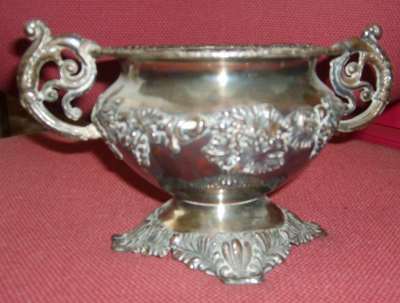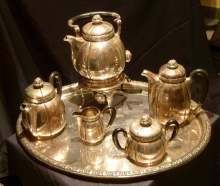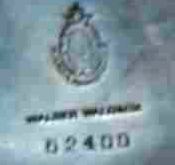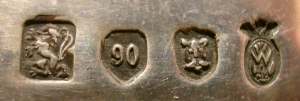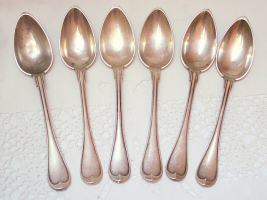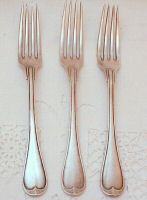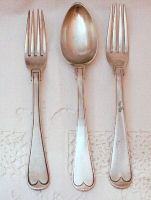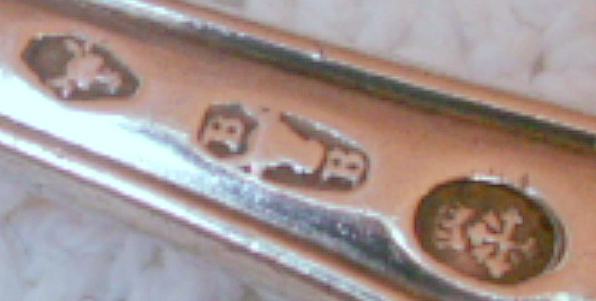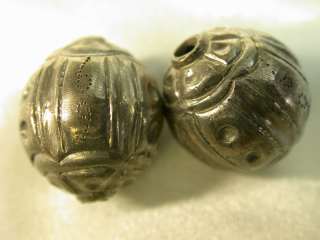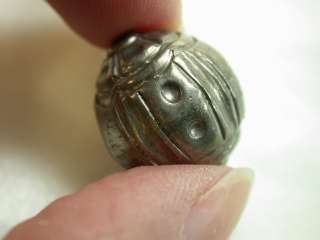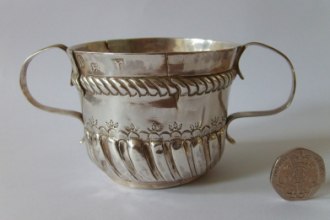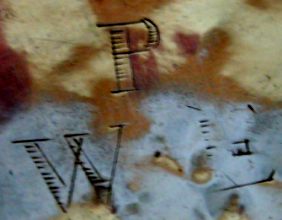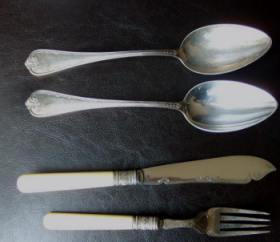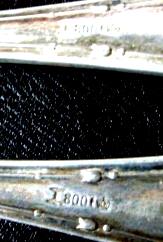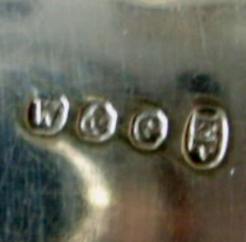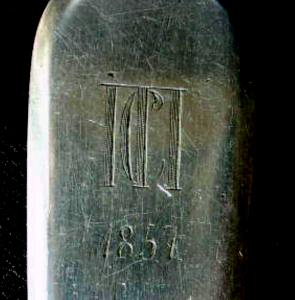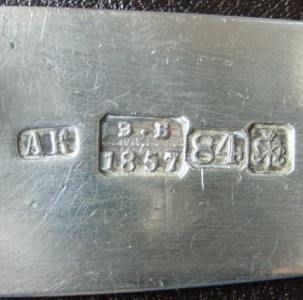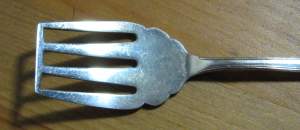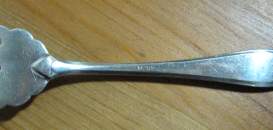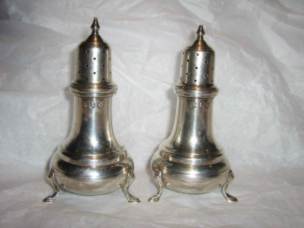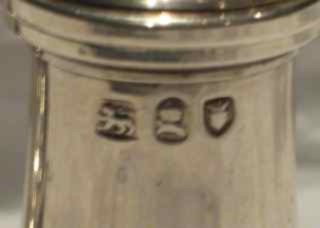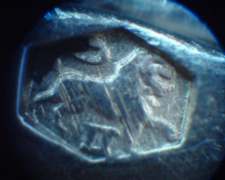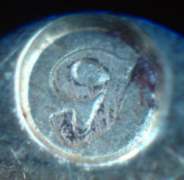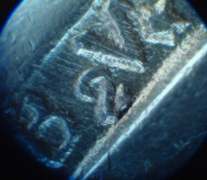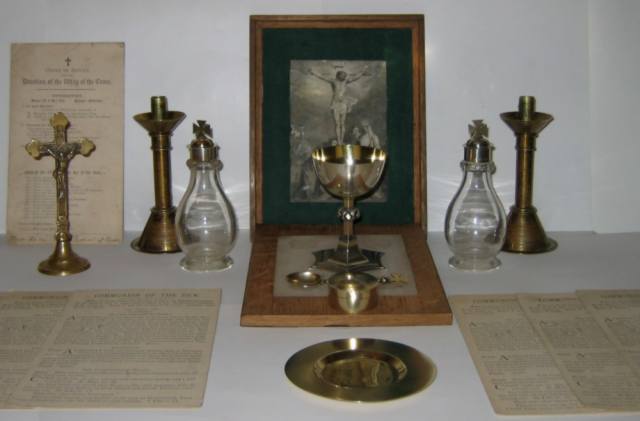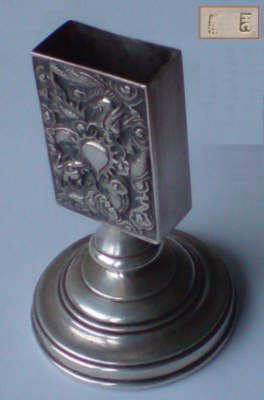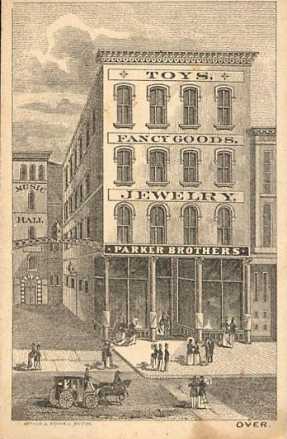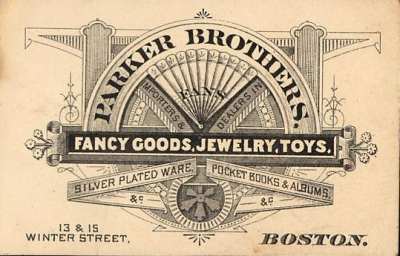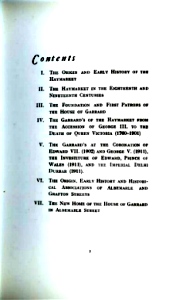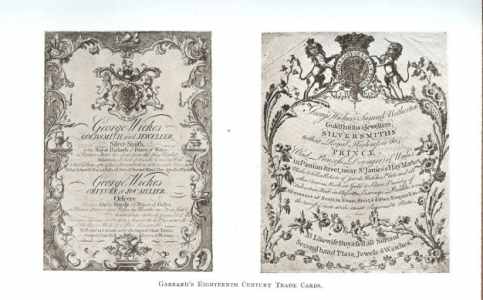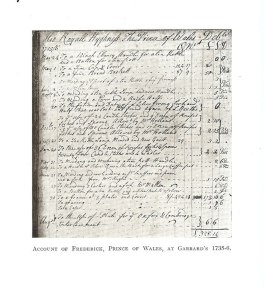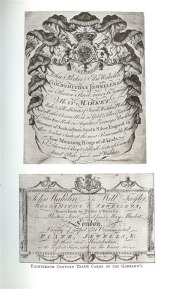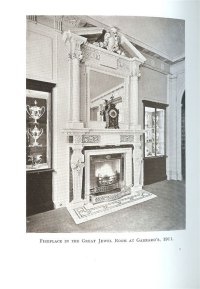 newsletter # 48 - MAY 2008
newsletter # 48 - MAY 2008www.ASCASonline.org
email: silverassociation@yahoo.it
YOUR GUIDE TO MAY NEWSLETTER:
articles new members
members' window
|
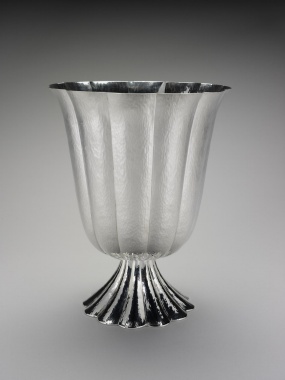
Dorothea Burstyn presents: |
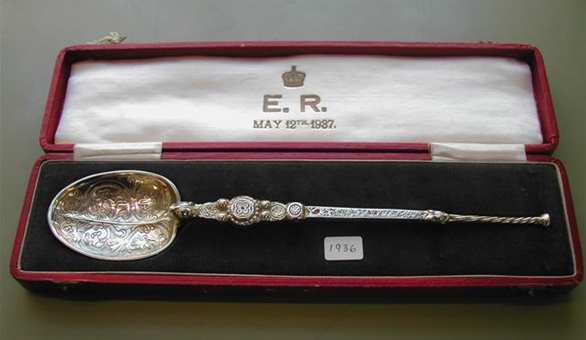
Jack F. Wilson presents: with the addition of the List of Silversmiths present in Jack F. Wilson Collection and other makers known to the author- part 1 -...Authorities agree that the oldest silver spoon known to be English in origin is the Coronation Spoon, preserved among the Crown Jewels in the Tower of London, and that it most probably has been used in Coronations of British Monarchs since the 12th or early 13th Century. It is made of silver gilt, and is the only remaining piece of the original Royal Regalia. Some of the other items of the Regalia were disposed off by Charles I, the remainder were sold or melted down at the time of the Commonwealth....... click here |
New members
Welcome to new ASCAS members:
Hazel Ayre Hynds - USA
Richard Corin - Australia
Maureen Keegan- USA
Timothy Menzel - Australia
Howard Schecter - USA
Barbara Stafford - USA
Susan Sturdivant - USA
Mike & Nancy Walker - USA
Margareth Wright - Scotland UK
Alina Zilberman - England UK
Members' Window # 48
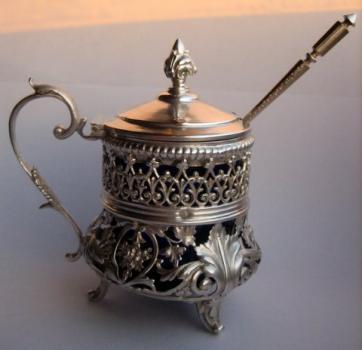
|
Mail to ASCAS: e-mail silverassociation@yahoo.it
Sue Jukesy writes:
...Please find attached a picture of an item I am trying to
identify. It is marked on the bottom Fraget W Warszawie and I
think it is silver or silver plated. It is very heavy. Can you
help please?
Thanks
Sue
Ben Blonquist writes:
...I am writing to enquire about my six pieces silver tea and
coffee set. I would like to know about its origin.
I send pictures of the complete set and the five marks it has.
Yours faithfully.
Bruno V.
Paola Continella writes:
...I'm researching information about the marks of this flatware
set (spoons:20,5 cm. - forks: 21,5 cm.). I believe they are
Dutch but I'd greatly appreciate your help for the
identification of their marks.
Thank you in advance
Paola continella
Your flatware set isn't Dutch but Kingdom of Sardinia (Italy).
They bear these marks:
- Torino (Turin) town mark (bull's head) used in the period
1824-1872;
- silver fineness 800/1000 mark (cross of SS. Maurizio and
Lazzaro);
- maker's mark of silversmith Giovanni Battista Borrani (bull's
head with B and B letters). He belonged (possibly) to Borrani
family (Giuseppe Felice and his son Pietro), renowned Turin
silversmiths and suppliers of Savoy Sovereigns.
Giorgio Busetto
Joel Arem writes:
...My wife and I have been acquiring beads for more than 25
years and have discovered in our stock a large box of antique
(19th C?) Chinese silver beads, needle holders, locks, chains
and pendants. I have attached photos of one type of silver bead.
I have been having very little success in getting ANY
information about this material, despite extensive web searching.
I would be grateful to hear from any member who has experience
with or information about old Chinese silver beads and utility
objects.
MANY thanks.
Joel Arem
Mike Whitehead writes:
...I've been trying to date a piece I've inherited, with no
success. Please can you help me, in telling me the date and what
the piece is? I've enclosed some pictures including the
hallmarks and the stamp on the bottom.
I've been told it's a 'love cup' is this true?
Yours sincerely,
Mike Whitehead
Wilko Rook writes:
...I found some spoons and a knife on a flea market and I'd wish
to know something about their marks. Any information would be
greatly appreciated.
Sincerely yours
Wilko Rook
Spoons are 800/1000 silver made in Germany. The maker is
Koch & Bergfeld - Bremen
Founded in Bremen in 1829 by Gottfried Koch and Ludwig Bergfeld
(born in Hannover). Executed 1900-10 designs by Hugo Leven,
Albin Muller and Henry van de Velde and in the twenties and
thirties by Gustav Elsass and Bernhard Hotger
The firm is still active with a wide production of flatware and
hollowware. (more in
www.silvercollection.it)
Knife and fork are silver plate made by George Waterhouse & Co,
Sheffield (possibly, 19th century)
Giorgio Busetto
Your spoon bears Russian marks, St. Petersburg 1857. I
believe that the maker is Kíveri Abragam Khenrikson and the
assayer Zdvdard Fedorovich Brandenburg (rough translation from
Cyrillic alphabet).
Giorgio Busetto
Nancy Zarod writes:
...I have a German fork with the following marks: B for Bruckmann with a train and then a 90. My question is: What was this type of fork
used for? I am baffled by the closed tines. I have never seen such a thing.
Thought maybe someone more expert could help me.
Thank you for your kind consideration.
Regards,
Nancy Zarod
Replies to questions
| Ben Staunton
receives these replies about his pair of casters
( see April Newsletter) Giovanni Ciceri writes: ... In my opinion they are not English. The shape of
the casters is quite unusual for the period indicated by
the hallmarks. The hallmarks are not clear enough to
draw a conclusion, but it seems that the lion passant is
not guardant (indicating a date after 1820) and the
leopard head is crowned (indicating a date before 1820).
Alan Yates writes:
|
|
Nicolas Christol receives this reply about the
marks of his spoon
( see April Newsletter) Janjaap Luijt writes: ... Nicolas Christol's spoon is called a 'jamlepel'
(jam- or marmalade-spoon).
|
Giovanni Ciceri
supplies an addition to his "TRAVELLING
FOR FAITH" article
( see article # 92) JAMES BERESFORD SIMPSON (the proprietor of the Travelling Holy
Communion Set)
|
|
Nikica
Vuletic receives this reply
about his unusual item
( see April Newsletter) Joanne Wiertella writes: ...Yes, this is a matchbox
holder. I checked with a friend
whose husband is a collector of
Match Strikes. This container
was intended to hold a box of
matches. Often, though not
always, there will be some place
on the item (that is scored or
ribbed) on which to strike the
matches.
|
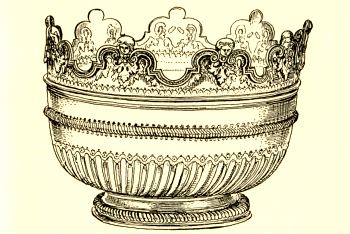
|
MONTEITHIt is a vessel with
notched rims used to
cool drinking glasses.
The monteith became
popular during the last
two decades of the
seventeenth century.
|
"A BOOK ON MY SHELF"
In
this column we present books,
new or ancient, dealing with
silver in all its aspects (history,
marks, oddities...). This isn't
a "book review" but only a fair
presentation of some useful "tools"
that anyone may have in the
shelf of his bookcase.
ASCAS members are invited to
contribute to this column
(click to enlarge images)
The "book on the shelf" of
this month is presented by Karin
Sixl-Daniell:
THE STORY OF GARRARD'S
GOLDSMITHS & JEWELLERS TO SIX
SOVEREIGNS IN THREE CENTURIES
1721-1911
Stanley Paul & Co, London,
1912
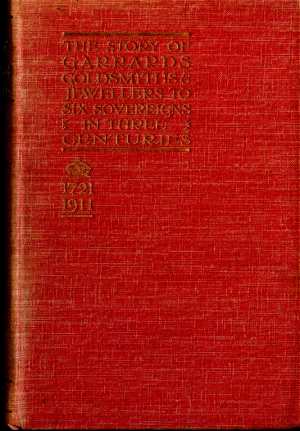 |
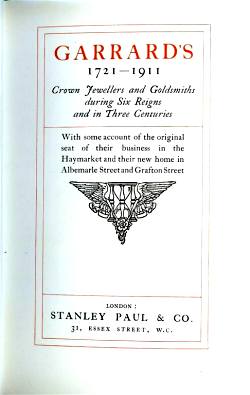 |
Closing our MAY 2008 edition of ASCAS Newsletter I hope you have appreciated its content.
Your comments, suggestions and advice will be of great help.
My thanks to Joel Arem, Ben Blonquist, Dorothea Burstyn, Giovanni Ciceri, Paola Continella, Jayne Dye, Sue Jukesy, Janjaap Luijt, Robert Massart, Wilko Rook, Karin Sixl-Daniell, Mike Whitehead, Joanne Wiertella, JoAnne Wilkinson, Jack F. Wilson, Alan Yates Nancy Zarod for their invaluable contributions.
Giorgio Busetto
Secretary
ASCAS is a community
of people having a
common interest in
antique silver.
|
|
|

